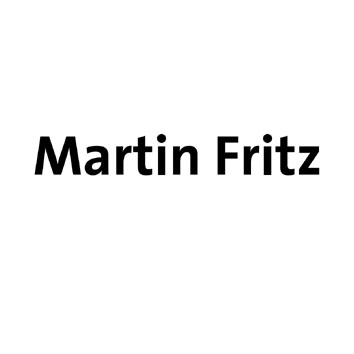Questions of Power: Invitations, Vetos, Censorship
(Note: this text was published on March 25, 2015. Another talk on the subject was published on the occasion of a conference on the subject in October 2015. It can be found here)
The controversy over the exhibition La Bestia y el soberano (The Beast and the Sovereign) at MACBA in Barcelona frayed tempers more than once during the past week: first, early in the week, the exhibition was cancelled on the day of its opening, after the curators defied the director’s wish to remove the controversial work Not Dressed for Conquering by Ines Doujak from the show.(1) Then, the “case” took a surprising turn a few days later: apparently under pressure from growing criticism, the director retracted his own decision and allowed the exhibition to open with the work in question included. At the same time, he announced that he would be willing to resign should the museum’s foundation board consider it advisable.
The controversy could be a textbook example from the many curator training programs around the world. However, it would then become apparent that the issue of the “censorship” of this artwork could only be investigated in connection with countless other law- and power-related questions in the contemporary exhibition context. Indeed, each aspiring exhibition merely represents the final station in a process of negotiation that cannot be viewed separately from the interests of all involved parties. The rejection of individual works of art or project proposals may in fact happen much more frequently than assumed by those who, lacking practical experience, believe that artists enjoy absolute freedom after having accepted an invitation. In reality, the spectrum of invitation formats ranges from informal “carte blanche” demands to production agreements with detailed pre-presentation duties that leave artists no room for presenting “undesired” works in the exhibition. Yet those involved in conflicts frequently end up admitting that they had not really discussed the more specific modalities related to their participation in the exhibition early on in the collaboration process.
Here, the question pertaining to the original agreement cannot be considered separately from the question of power, for one can only agree upon something that can be asserted from one’s own respective position. The case of MACBA clearly shows that the question of power not only arises in relation to the artists; it also defines the leeway enjoyed by internal and external staff. The salient point in Barcelona was not that the director asserted his right to making a “final cut”—this is common practice—but rather that this intervention did not happen until just a few hours before the exhibition opening, was then publicly repudiated, and led to the cancellation of the entire project in the short term. What happens more frequently— and this is one of the morst difficult aspects of curatorial work—is that the curator is expected to silently address institutional-political concerns or directorial vetoes ahead of time. The power argument becomes an infinite loop when one in turn considers that interventions against external star curators surely take place much less frequently and with more caution than in the everyday executive life of pyramidal organizations.
So it is each specific constellation of power and interests that—as curator contract, invitation, production agreement, or correspondence—arrives at its legally relevant form. This makes it difficult to imagine, at least at the drawing board of theoretical exhibition management, that an artwork could meet with such objection so shortly before the opening, if an appropriate loan contract with pictures had been prepared and finalized with the express signature of the director. However, such a schematic representation disregards the fact that exhibition production is a dynamic process that does not play out in an airtight (and thus windless) space. Theoretically speaking, selective perception and a scarcity of information are equally possible here, as are sudden reversals of opinion based on external pressure. Institutions are not immune from the general climate surrounding them. In the MACBA case, this is especially evident due to the director’s about-face, which was likely forced by the headwind blowing from his colleagues and the local art scene.
In explaining the quotation marks used in this text, I would like to add that the freedom from censorship laid out in modern constitutions is primarily directed against the historical form of state pre-censorship and other encroachments originating directly with the government. So one might argue that many conflicts in exhibition contexts involve contract disputes rather than “censorship” per se. However, in the case of outsourced state institutions it would be worth considering whether prohibitive actions pursued by their proponents could directly be ascribed to the state. Another broad field might be covered by the question as to whether certain authorization requirements in public space might in fact be a reflection of pre-censorship.
But now we are already walking on extremely thin ice from a legal perspective, which is why I would like to conclude by returning to the simple rendering of powers, forces, and interests. Regardless of whatever actually happened behind the scenes at MACBA: on an open stage, we were privy to a brief lesson in the exercise of power and its limits, including the repentant turnaround of the fallen hero. Institutions are rarely as homogeneous inside as they try to appear on the outside. The meandering threads of their power turn into fault lines when subjected to excessive strain.
--
1 This representation is based on the publicly available information. Although a representation including statements by all involved individuals would be compelling, this is unfortunately not possible for the author to achieve within the economic constraints of a column.
Martin Fritz is a curator, writer, and consultant based in Vienna.
(Orginally published in German on March 25 on artmagazine.cc, Translation: Dawn Michelle d'Atri, courtesy Württembergischer Kunstverein Stuttgart)
